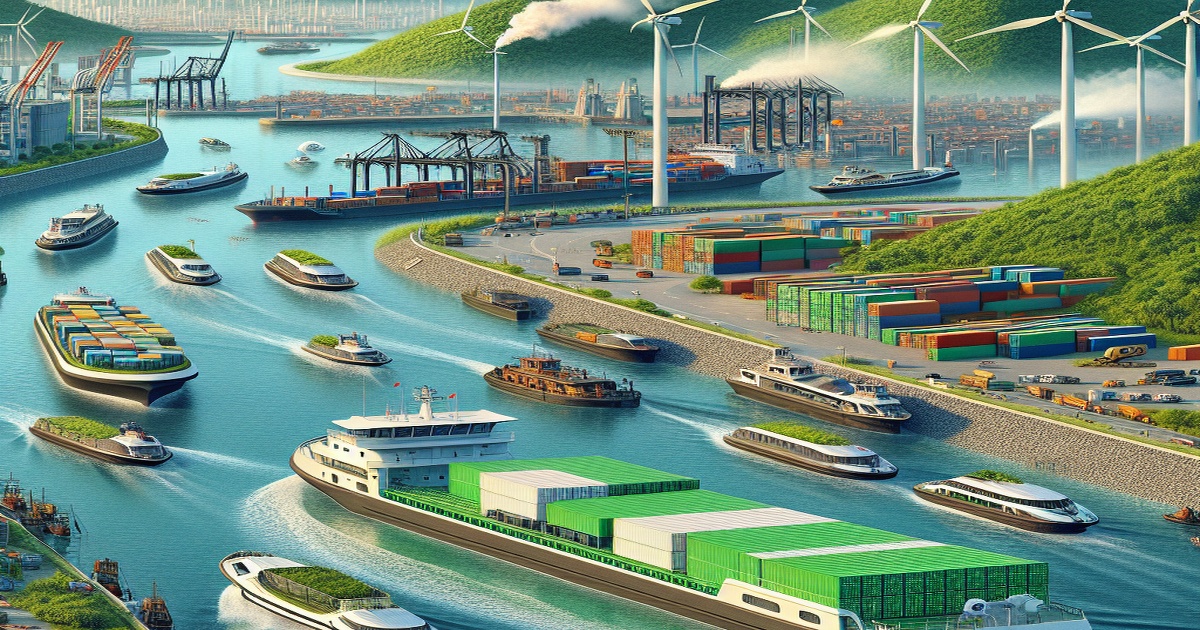China is actively embracing new energy technologies within its inland waterway shipping sector. This shift is driven by a commitment to align navigation practices with environmental protection. The country is transitioning vessels to alternative power sources, including liquefied natural gas, battery, methanol, and hydrogen fuel.
A senior transport official highlighted China's progress, noting that its new energy and clean energy vessels are competitive on a global scale. Electric vessels, in particular, are widely used in China, positioning the country as a leader in terms of both scale and technological advancement.
By the end of the previous year, China had over 1,000 ships utilizing alternative power sources and fuels on its inland waterways. This included over 600 LNG-powered vessels, primarily for inland waterway transport, and 485 battery-powered vessels, mainly for inland passenger services.
The transition to cleaner energy sources is becoming a significant trend in maritime development, focusing on greener and low-carbon practices. For instance, electricity consumption by vessels docking along the Yangtze River Economic Belt last year was significantly higher than previous years, leading to a substantial reduction in carbon dioxide emissions and contributing to the protection of the Yangtze River.
China's inland freight volume has increased considerably, demonstrating the nation's dedication to eco-friendly shipping. The focus on transitioning to new energy sources will continue across ports, vessels, and waterways. The country plans to promote battery-powered technology for smaller vessels and encourage the adoption of LNG and methanol power technologies for larger vessels.
Furthermore, the development of refueling infrastructure for new energy and clean energy vessels is anticipated. The promotion of near-zero carbon terminals along inland waterways is also planned, with ports encouraged to utilize renewable energy sources like wind and solar power. Port machinery and transportation tools will also adopt new energy and clean energy sources, alongside a focus on using railways and new energy trucks for bulk cargo transport.







6 Comments
Fuerza
The shift sounds grand in theory, but China has a long way to go before it's truly eco-friendly! Actions speak louder than words.
Manolo Noriega
I wonder how many of these new ships are actually effective in reducing emissions. Are they truly doing the work they claim?
Fuerza
Is this just another way to keep foreign markets at bay by making claims that sound environmentally friendly? I have my suspicions.
Ongania
It's exciting to see the development of clean energy infrastructure. This is how we bring positive change to our planet!
Fuerza
Does anyone remember past promises about environmental initiatives that never materialized? I’m skeptical this will be different.
Donatello
Kudos to China for investing in alternative power sources! It’s the right step toward reducing carbon emissions.